reins weight?
mrsrekamepip
13 years ago
Related Stories

LIVING ROOMSRoom of the Day: A Meticulous Mix of Styles
A New York designer’s Upper East Side living room hits all the right notes
Full Story
DECORATING GUIDESA Mobile Home Gets a Bohemian-Chic Makeover
Designer infuses world traveler’s guesthouse with tribal textiles, Moroccan tiles and kilim rugs
Full Story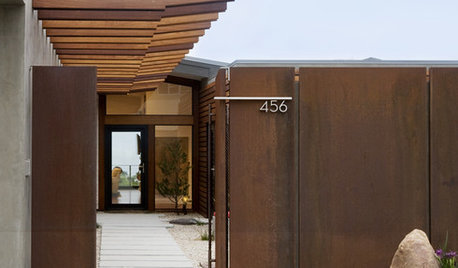
MOST POPULAR8 Things Successful Architects and Designers Do
Good architects tell a story and engage the senses. They understand the rules — and know when to break them
Full Story
WORKING WITH PROSYour Guide to a Smooth-Running Construction Project
Find out how to save time, money and your sanity when building new or remodeling
Full Story
BATHROOM DESIGNHow to Build a Better Shower Curb
Work with your contractors and installers to ensure a safe, stylish curb that keeps the water where it belongs
Full Story
TASTEMAKERS3 Extreme Chair Makeovers — Plus DIY Reupholstering Tips
Spoiled seats and forlorn frames get kicked to the curb by a Philadelphia reupholstery whiz with a flair for salvaging and artistic designs
Full Story
HOUZZ TOURSNautilus Studio: Creative Living in 600 Square Feet
Two Seattle artists turn a tiny storage space into their ultimate canvas
Full Story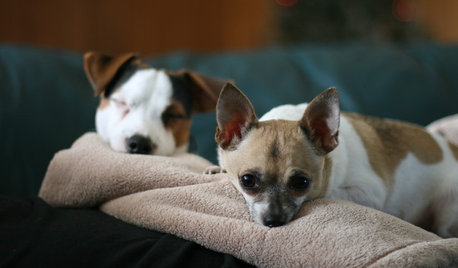
PETSHouzz Pets Survey: Who Rules the House — Dogs or Cats?
New data shows that pets make people happy, and pet owners love spending big to return the favor
Full Story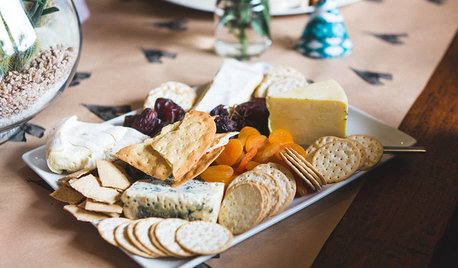
ENTERTAININGSimple Pleasures: The Reimagined Potluck
Party guests can bring more to the table than just the food. Enlisting help with setup, decorations and drinks spreads the work and the fun
Full Story
MODERN HOMESHouzz Tour: Earthy Decor Adds Warmth to a Modern Home
Nature-based colors and rustic elements bring a cozier feeling to a minimalist house in Southern California
Full Story





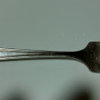
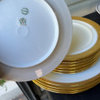


lindac
mrsrekamepipOriginal Author
Related Professionals
Arkansas Interior Designers & Decorators · View Park-Windsor Hills Interior Designers & Decorators · High Point Painters · New Territory Painters · Burien Painters · Granite Bay Painters · Healdsburg Painters · Hermosa Beach Painters · Lynwood Painters · New Port Richey Painters · Stafford Painters · Houston Furniture & Accessories · Eau Claire Furniture & Accessories · Fargo Furniture & Accessories · Dallas Professional Organizerscalliope
lazy_gardens
calliope
lazypup
lindac
lazypup
lindac
calliope
calliope
lazypup
jemdandy
lazypup